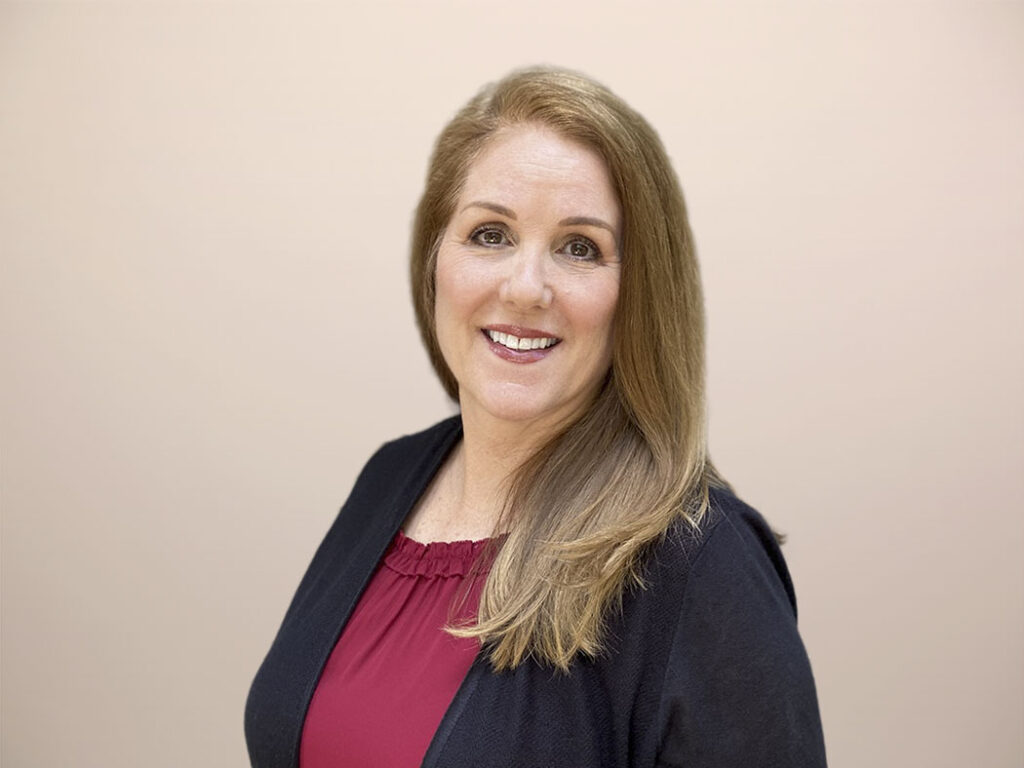Don’t Wipe Your Slate Clean: A New Model for Customer Retention
- Every organization deals with retention, but not all apply the same rigor to retaining customers as they do to signing them
- Retention goes awry when there is no strategy, little awareness of the customer lifecycle and previous interactions, and unclear ownership of retention efforts
- A new model for meaningful retention measurement and management aligns and organizes efforts to retain customers
Many people enjoyed the 2004 movie 50 First Dates, in which Adam Sandler as a would-be suitor must woo Drew Barrymore’s character anew each day because of her short-term memory loss. I found this struggle more frustrating than funny from her point of view: Imagine not being able to use or even remember the previous day’s data to inform the next day’s actions!

It’s not unlike the way some organizations address, or don’t address, customer retention. Although there is a treasure trove of data on how customers interact with the selling organization and a growing customer engagement technology stack that enables analysis and action on that information, many organizations treat the customer as if the relationship is new each day. Then they are dismayed when that generic customer experience doesn’t result in renewal. If you can’t keep the customers you have, you certainly can’t sell them anything more. In our 2019 Summit session “Retention: The SiriusDecisions Methodology for Growth,” we’ll provide a new model for understanding, instrumenting and managing customer retention.
Making Retention Repeatable and Proactive
Even when organizations have retention activities in place, such as using a team of “renewal specialists,” they often lack a scalable, repeatable process to predict retention and determine where it will be necessary to engage proactively to improve its likelihood.
Our session will walk through three areas that b-to-organizations must understand:
- What (or whom) are we trying to retain? The decision to stay with an organization is – to some extent – a decision to re-purchase. But the decision-makers are likely to be different from the original buying group. End users, for example, may have had a limited role in the original buying decision but substantial influence on renewal. Our model sheds light on how to understand retention groups and how they differ from buying groups.
- How can we predict retention? A grasp on pipeline is as important for retention as it is for new business opportunities. Our model includes the “retention signals” to look for and how they are predictive of renewal. We’ll review some new data from the SiriusDecisions Command Center® that correlates certain activities to high retention, and demonstrates which activities may not be as predictive of success as you might think.
- What can we do to increase the probability of retention? An understanding of the decision-making process and the relevant signals can facilitate proactive work toward improving retention, if it’s done strategically and with ample runway. Customer marketing, customer success, customer experience, sales and operations can partner to improve retention scenarios by addressing early warning signs and driving the actions that correlate with renewal.
Join Amy Bills and me at Summit 2019 in Austin to see and hear more!
